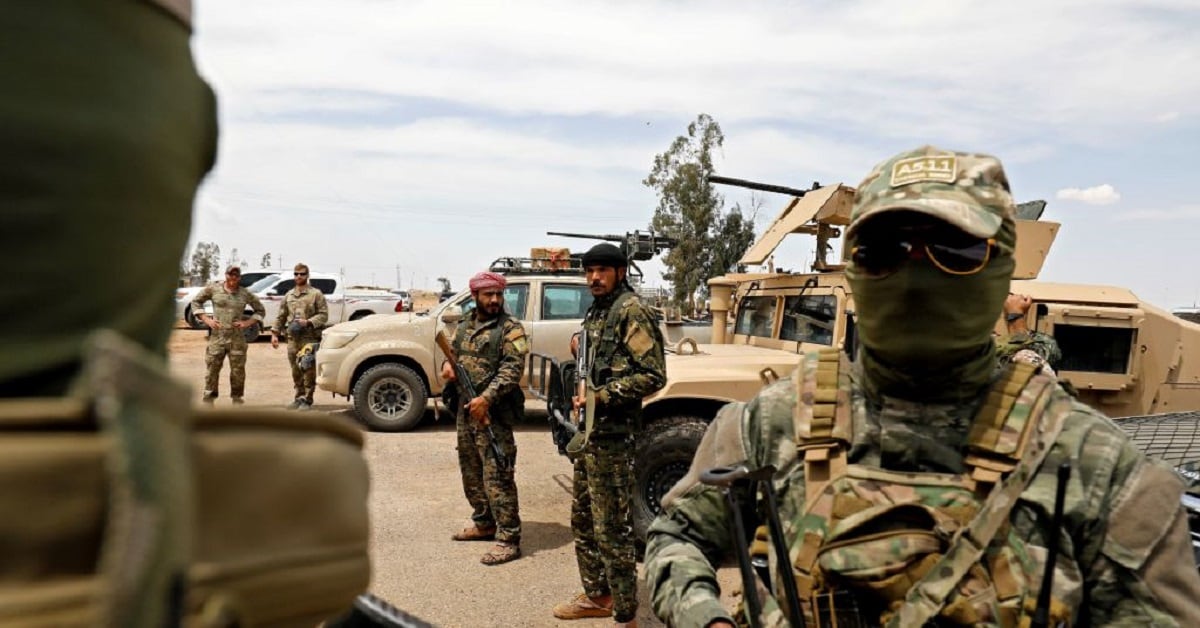The Islamic State’s 2014 invasion of Iraq, military futurist Peter Singer writes, “was launched with a hashtag.”
#AllEyesOnISIS became a viral propaganda machine that inspired followers, generated bots and is credited in part with driving enough fear to lead thousands of U.S.-trained and equipped Iraqi forces to abandon their posts. The organization fed that fear and gained followers by broadcasting terrifying orange suit-black hood beheadings, terror attacks or the obscene cruelties awaiting anyone in their path.
Four years later, the coalition of nations that rose up against ISIS in Iraq and Syria sees conventional operations coming to a close, and ISIS' ability to manipulate social media has also been largely dismantled, said Chairman of the Joint Chiefs Marine Corps Gen. Joseph Dunford. Dunford spoke to reporters as he hosted defense chiefs from more than 80 nations at Andrews Air Force Base, Maryland, to discuss what needs to be done to keep other terror groups around the world from making a similar rise.
Dunford said the group’s ability to produce videos, web posts and other outreach has been cut by more than 80 percent over the last two years, and that the group’s once-flagship monthly propaganda magazine hasn’t been published in more than a year.
“Among the many things we need to think about as we look at violent extremism into the future, their ability to leverage technology, cyber capabilities, information operations … is one of the things we need to anticipate and be out in front of,” Dunford said.
ISIS' mastery of social media in its initial swath of victories in 2014 has created a dangerous model that is likely to be mimicked by future groups, said Singer, who wrote about the prominent role online campaigns will have in future conflicts in his new book, “Like War: The Weaponization of Social Media.”
“I don’t know exactly what ‘ISIS 2.0’ is, but I know we will learn about them on social media,” he said. The group was the first example of a terror network turning social media power into real global power, he said.
RELATED

ISIS “didn’t have the numbers [of fighters] or a weapons advantage, yet it defeated a defending force backed by the most powerful force in the world and caused Americans to become more fearful of terrorism than in the wake of 9-11.”
Dunford said in the years since U.S. forces first responded to ISIS’s invasion in the summer of 2014, the military has been able to better counter social media warfare and other online weapons, such as gaining organizational or planning capabilities.
The military “has had some success in cyberspace,” Dunford said, without going into specifics. “Much as we have worked over the last few years to deny them sanctuary in the physical space we’ve done the same thing to deny them freedom of movement in cyberspace.”
Singer said more attention is needed.
“The good news story is that there’s been a massive amount of learning by the U.S. military on operating in these spaces,” Singer said. The bad news, he said, is that “both sides are constantly learning.”
Tara Copp is a Pentagon correspondent for the Associated Press. She was previously Pentagon bureau chief for Sightline Media Group.





